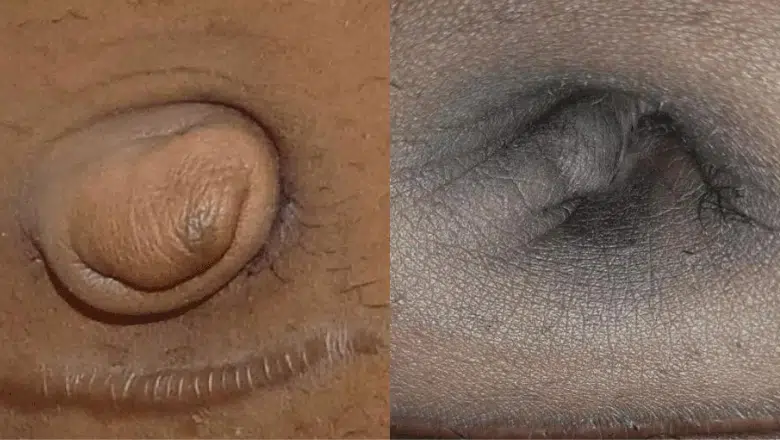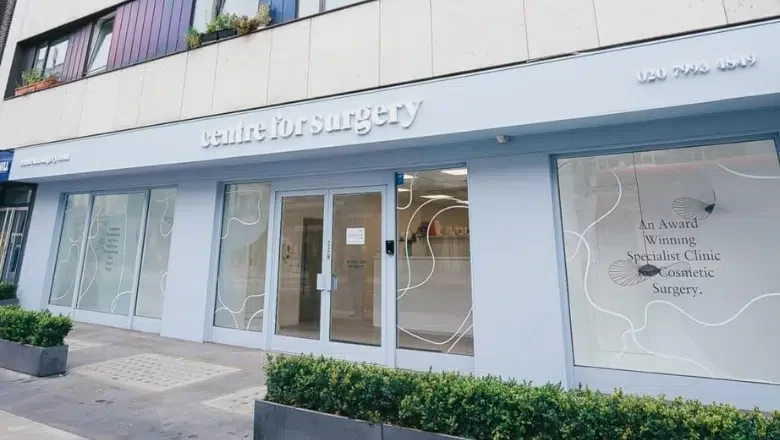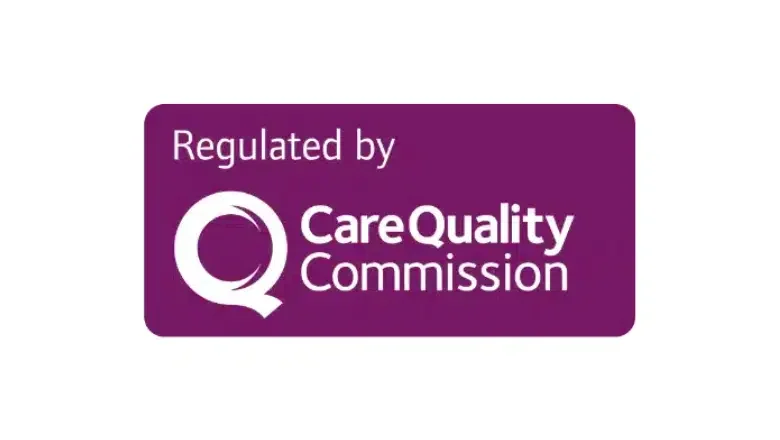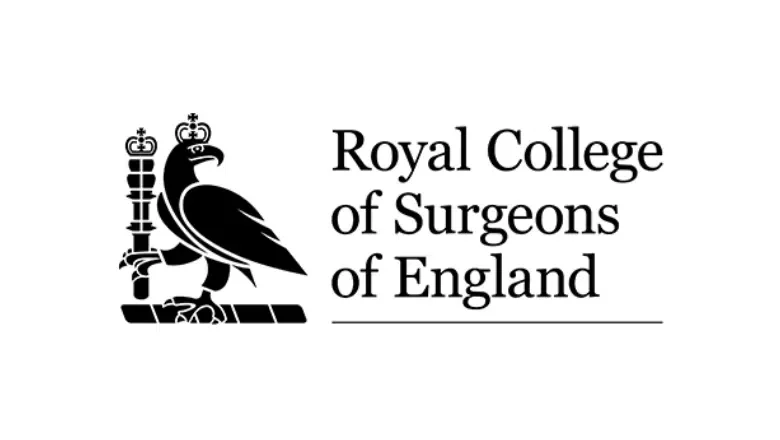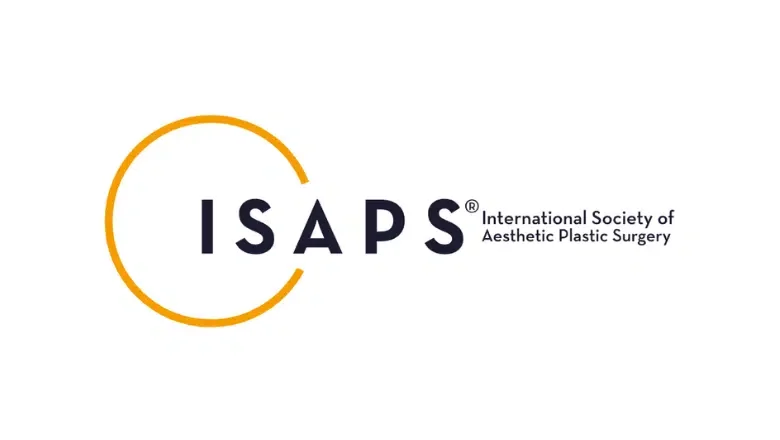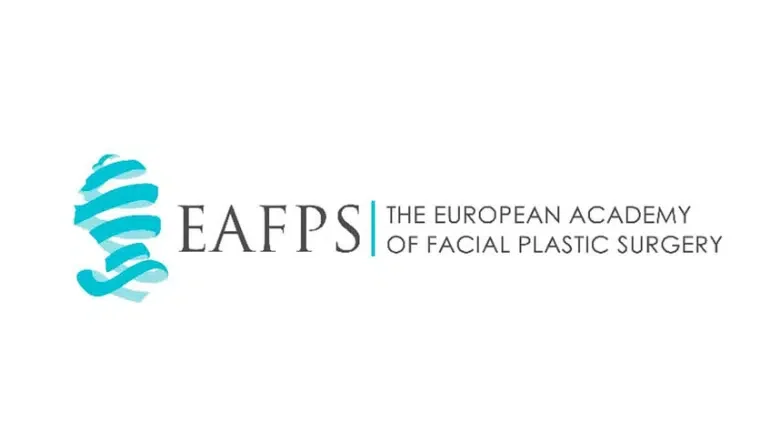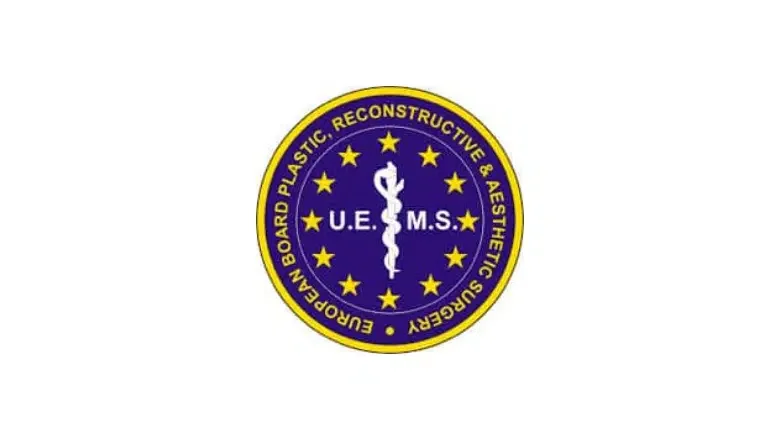A lot of people wonder: if I have an umbilicoplasty (belly‑button reshaping), will there be visible scarring? The short answer is yes, there will be scars, but in most cases, they are minimal, well‑concealed, and improve over time. What matters most is how the procedure is performed, your skin type, and how well you follow post-surgery care instructions.
At Centre for Surgery, we specialise in aesthetic plastic surgery, including umbilicoplasty. Our surgeons use advanced techniques to minimise scarring, hiding incisions in natural folds or inside the belly button. We offer comprehensive care, from consultation through aftercare, tailoring treatments to each patient’s unique anatomy, skin type, and goals.
RELATED: How Umbilicoplasty Can Change An Outie To An Innie
What Is Umbilicoplasty and Why It May Leave Scars
Umbilicoplasty is a cosmetic procedure that reshapes, reduces, or enhances the appearance of your navel (belly button). It might be done because pregnancy, weight loss, genetics or piercings have left the navel stretched, protruding, or asymmetric. Sometimes it is combined with hernia repairs or tummy tucks.
Any surgical procedure involves cutting skin; when skin is cut, scar tissue will form as part of natural healing. The size, shape, and visibility of that scar depend on several factors: how the incision is placed; how deeply the underlying tissue is involved; the skill of the surgeon; your genetic predisposition; your skin type; and how well you care for the wound during healing.
How Incision Placement Helps Hide Scars
One of the most effective ways to reduce visible scarring in an umbilicoplasty is in how and where the incision is made. Often, the surgeon will place the incision inside the belly button or right at its edge, where natural shadows or folds conceal it. In most cases, dissolvable sutures are used so that no stitch removal is needed, which helps reduce trauma to the skin.
If there is a hernia or excess tissue, the incision might be slightly more extensive, which can increase scarring risk. The aim is always to balance the desired shape and function with minimal scarring.
Factors That Affect How Visible Scars Will Be
-
Skin Type and Healing Capacity: Some people have skin that heals quickly and with less pigment change; others are prone to hypertrophic (raised) or keloid (very raised, spreading) scarring.
-
Age and Skin Elasticity: Younger skin often heals better; over time, skin loses elasticity, which can affect how scars settle.
-
Health and Lifestyle: Smoking, poor nutrition, certain medications,and underlying medical conditions like diabetes can slow healing or make scarring worse.
-
Surgeon Skill and Technique: The more precise the incision, the better the handling of tissue, the cleaner the closure. Surgeons who know how to minimise tension on the skin edges will often achieve better scar outcomes.
-
Postoperative Care: How well you clean the area, keep tension off the scar, avoid stretching, protect from sun, and follow the clinic’s instructions influences how the scar matures.
What Kind of Scars Are Typical After Umbilicoplasty
Immediately after surgery, scars are likely to be red or pink, perhaps slightly raised. There may be swelling and mild discomfort. Over weeks and months, the scar usually fades through stages: from red/pink, to lighter, flatter, and less obvious.
Most often, the scar ends up as a thin line, tucked into a fold. Many people report that once healed, the scar is barely visible unless you examine closely or stretch the area. Sometimes there can be mild widening, discolouration, or a visible line if healing was delayed or under stress. Rarely, scars can become hypertrophic or keloid.
How Long It Takes For Scars To Settle
Scar healing is gradual. In the first few days, you’ll see redness, swelling, and perhaps some bruising. In one to two weeks most of that calms. Over a month or two, the scar flattens, colour fades, and perhaps some itching or tightness, which slowly goes.
Full maturation of a scar can take 6‑12 months, sometimes longer. During this time, scar tissue remodels, and changes made early (like keeping tension low, avoiding sun exposure) pay off later.
Ways to Reduce Scar Visibility
-
Choose a surgeon with experience specifically in umbilicoplasty and body contouring, ideally one who shows before/after images.
-
Ensure incisions are placed in natural folds or inside the belly button so they are hidden by shadows and skin texture.
-
Use fine sutures and techniques that reduce tension on wound edges.
-
Follow preoperative instructions: avoid smoking, keep weight stable, and discuss skin conditions.
-
After surgery, use silicone gel sheets or silicone scar creams. These are well‑known to help flatten and fade scars.
-
Protect the area from the sun: UV exposure makes new scars darken, so sunscreen or covering the scar when outdoors is crucial.
-
Avoid strenuous activity or heavy lifting until the surgeon advises you. Pulling on incision sites early can stretch scars.
Risks and Complications Related to Scarring
Though rare, there are possible unwanted outcomes:
-
Hypertrophic or keloid scars (raised, red, itchy).
-
Widening of the scar if wound edges heal under tension or wound pulls.
-
Infection or wound breakdown can leave more noticeable scars or irregular healing.
-
Delayed healing, perhaps from medical conditions or poor blood supply.
-
Discolouration: scars may be darker (hyperpigmented) or lighter than the surrounding skin.
Most UK clinics will warn you of these risks and manage them through follow-ups, dressings, and possibly revision scar treatments if necessary.
Will Scarring Be Permanent or Can It Be Removed or Revised?
All scars are technically permanent (your skin will retain a mark of where tissue was cut). But “permanent” does not mean “obvious forever.” With time and good care, scars fade substantially. In many cases, you or a surgeon can revise or improve a scar later: scar revision surgery, laser treatment, dermabrasion, or even non‑surgical options like microneedling or steroid injections in case of raised scars.
If scar location, healing, or visibility are still unsatisfactory, talk with your surgeon about what can be done once the initial healing is complete.
FAQs – Frequently Asked Questions
Will I see the scar when wearing clothes or swimwear?
Probably not in normal clothing. Swimwear may reveal some edges depending on cut, but most scars are placed so they are hidden in folds or inside the navel itself.
How long does it take before the scar is barely noticeable?
Typically 3‑6 months for substantial fading; up to 12 months or more for full maturity depending on skin type and healing.
Can I prevent a keloid scar if I am prone to them?
You can reduce risk by following care instructions strictly, using silicone gel, avoiding tension on the wound, protecting from sunlight, and discussing with your surgeon beforehand if you’ve formed keloids before.
Will pregnancy or weight changes affect the scar later on?
Yes, they can. Pregnancy stretches the abdominal skin and muscles, which can cause or exacerbate stretch marks or alter their appearance. Significant weight gain or loss can likewise affect the area. It’s advised to wait until after finishing having children before having elective cosmetic surgeries if possible.
If I have a piercing or prior belly‑button surgery, is scarring worse?
It depends on location and condition. Old scars or piercings may cause fibrosis or scar tissue beneath the skin. Umbilicoplasty can sometimes correct or reduce those, but the surgeon must assess carefully. Some previous damage may limit how well the new scar can hide.
RELATED: Belly Button Piercing Repair: What You Need to Know
About Centre for Surgery
Centre for Surgery is a specialist aesthetic surgery clinic based in Baker Street, London. Our surgeons have years of experience in cosmetic and reconstructive procedures, including belly button reshaping, abdominoplasty, liposuction, hernia repair and more. We use modern surgical techniques, high standards of care, and individualised treatment planning to deliver results that look natural and smooth. From your first consultation to follow‑ups weeks and months later, we provide full support and guidance.
If you’re considering umbilicoplasty, we’d be happy to assess your case, show you before/after examples, discuss scarring and what to expect for your skin and body.
RELATED: How Much Does Umbilicoplasty Cost?

